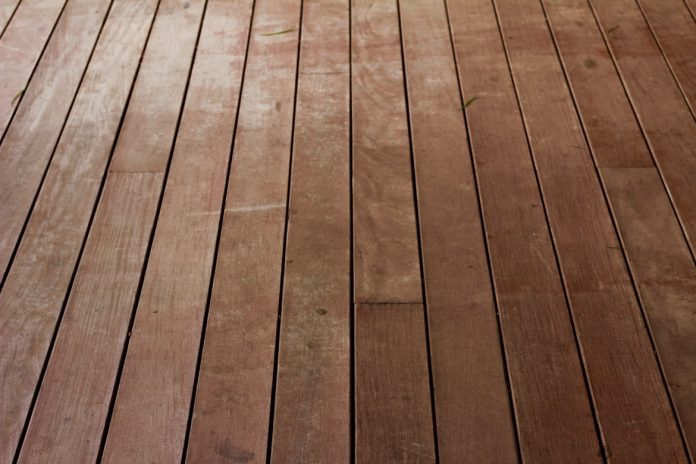Wood flooring is an excellent option for people looking for a durable, long-lasting flooring type with a great return on investment. There are tons of variations of wood flooring, both synthetic and real, that will appeal to multiple tastes. Synthetic wood examples include engineered woods, laminate, and vinyl lookalikes. Below, we’ll look at the key differences between the two and which one you should consider buying.
Table of Contents
Real Wood Flooring Is More Robust
Real wood flooring typically comes as 3/4-inch thick wooden boards nailed into the floor in a perfectly designed pattern. The colour and pattern will depend on the type of wood used – Parquet flooring, for example, is distinctly recognisable because of the geometric shapes.
Because of the thickness of the boards, real wood flooring tends to be more robust and durable than its synthetic counterparts. However, it’s worth noting that real wood flooring renders almost useless if it’s soaked in water – water is real wood floorings kryptonite. In that instance, hardwood flooring typically needs to be resealed, sanded down, and then refinished to restore it to its former glory.
Synthetic Woods Are Typically Cheaper
It’s no secret that real wood floors are more expensive than their competitors – more people are opting for vinyl or laminate replicas because they’re cheaper to install and maintain if something damages them. However, if you pay for real wood flooring, you’re paying for the premium quality materials and the long material lifespan.
That’s not to say that some synthetic materials aren’t top quality and won’t last many years – but real wood materials like oak, ebony, and cherry woods give an unparalleled aesthetic that synthetics can’t match.
The Appearances Are Different
Talking about unparalleled aesthetics, synthetic and real woods might look the same from a distance, but the differences become apparent as you get closer. Even the noise shoes make on real wood flooring is different to synthetics – much like the wood itself, footsteps are bold and loud on real wood floorings.
The appearance is one of the reasons why people opt to invest in real wood floorings – the appearances are typically more attractive than even the most premium synthetic materials. Even cheaper wood flooring like red or white oak typically looks better and more desirable than synthetic competitors.
That’s not to say that synthetic flooring isn’t great to look at – synthetic materials have developed to be almost replicas of real wood flooring.
One Handles Water And Heat Better Than The Other
Believe it or not, it’s real wood flooring that doesn’t handle water well. Synthetic materials are typically more waterproof and less prone to damage should a major spillage occur. Standing water and floods are an absolute no go for real wood materials, making it essential to clean up spillages as soon as they happen. General household heat shouldn’t affect real wood flooring, but be mindful that hot underfloor heating can cause floorboards to shrink and the joints to open up.
Synthetic flooring isn’t immune to the damage of water, particularly laminate flooring that can swell and chip if water seeps around the edges. Typically, spillages aren’t much of a problem for synthetic materials as they’re highly water and stain-resistant. Laminate flooring also has no issues with underfloor heating.
Cleaning Real Wood Flooring Takes More Time
Both types of flooring are easy to clean, but real wood flooring typically needs some extra love and attention to keep it in the best condition possible. Both require a similar cleaning regime – dusting and moping with a dry and then damp microfiber cloth to keep both materials free of dust and dirt buildups. Real wood flooring needs slightly more attention because it benefits from cleaning with the correct wooden flooring cleaning solution every month or so. Both materials are an excellent option for your home – which one you choose depends on your budget and how much time you’re willing to invest to ensure the material stays in prime condition. The key differences should help you determine which floor is best for your home.







